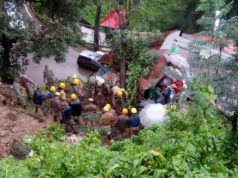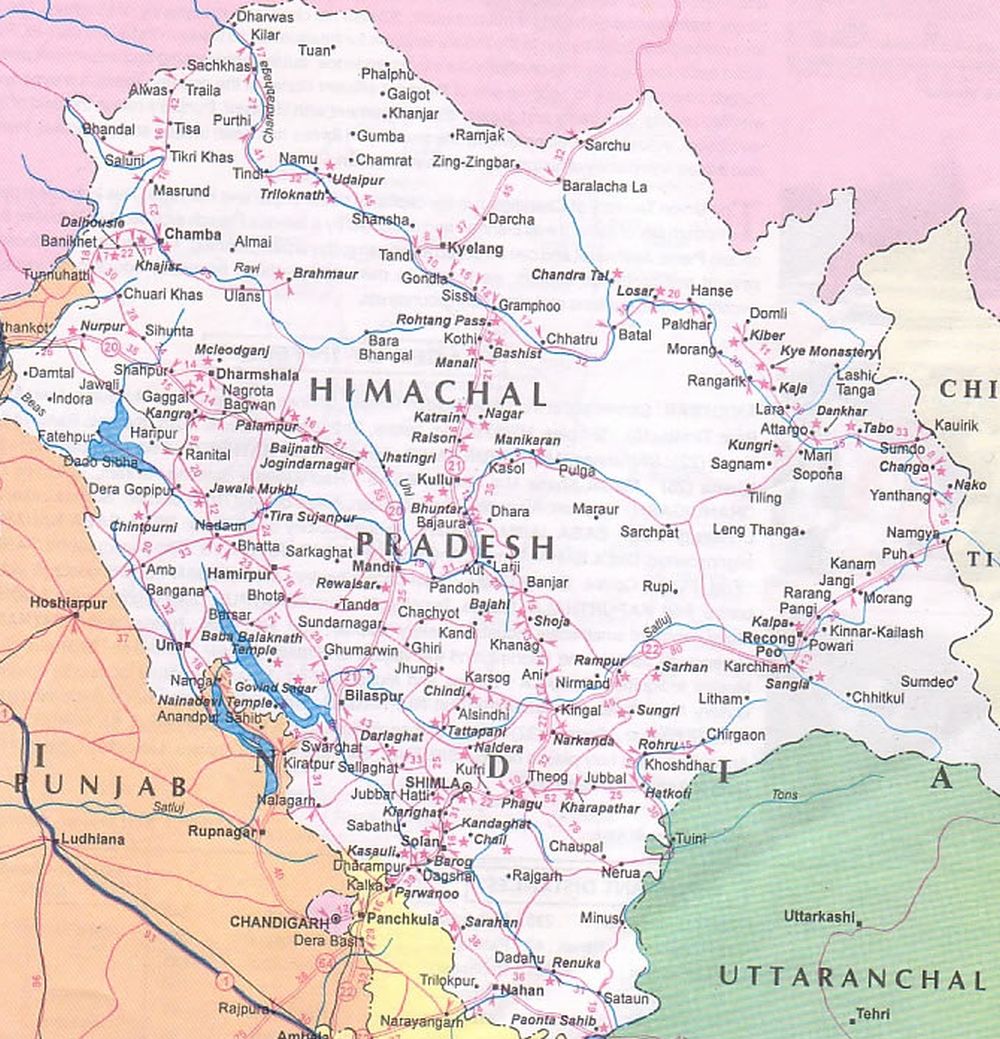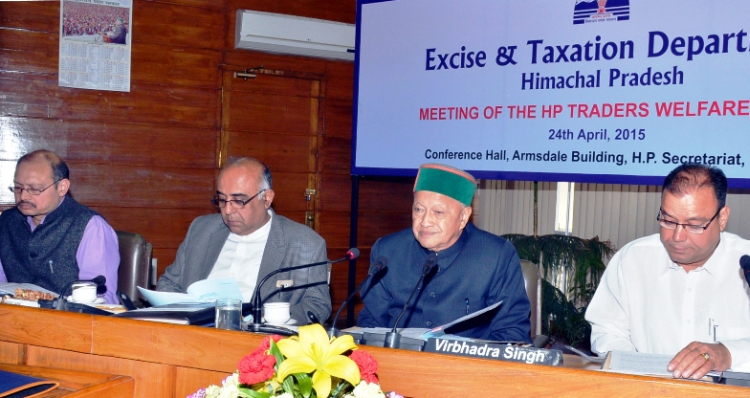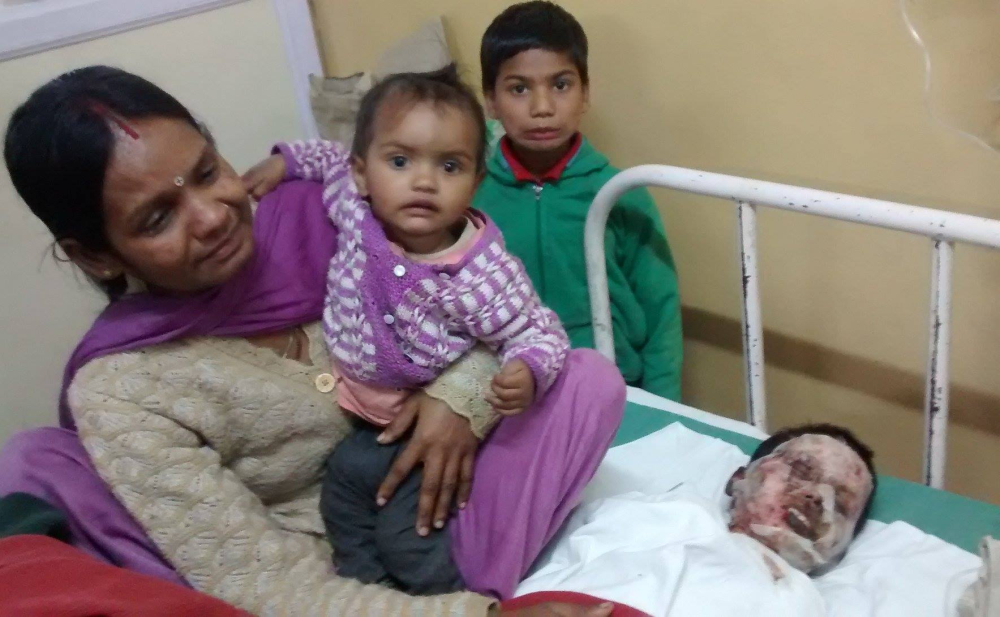Forest Fire has become a burning issue in Himachal Pradesh these days as most of the forest were under fire threat and had engulfed majority of vegetation and forest reaches in last 20 days. In the last three weeks forest fire have destroyed more than 20,000 acres of forest land and caused a loss of more than Rs 2.6-cr of green property in Himachal Pradesh. To reduce the threat of forest fire, the Forest Department is planning to introduce a new strategy to intersperse the highly fire-prone pine plantations with broad-leaved species from the coming season.
The department has identified highly combustible needles of pine trees and preserved grassland as major factors for forest fires during the summer. It has decoded broad-leaved species in depressed areas in pine forests, which have adequate moisture to support such plantations to break the monotony. Further, leguminous broad-leaved plantations will be raised around grassland, which will not only help check the spread of fire, but also increase the yield of fodder, said Principal Chief Conservator of Forests RK Gupta, while explaining the plans for the coming planting season. The objective was to move from monoculture to mixed plantations.
He said the new plantations would be linked with the Van Sarovar programme under which water harvesting structures were being constructed in deep forests. These water bodies would help provide life-sustaining irrigation to plantation during dry spells. The focus would be on fire-prone areas. In all, over 2 crore saplings would be planted to bring about 20,000 hectares under forests. With the monsoon likely to hit the region around June 28, the department was keen to make the best of the first rain by ensuring maximum afforestation in the first half of July.
He would hold a videoconference with all the conservators and DFOs on June 29 to review the preparations for the planting season. To begin with, 5,000 saplings each of these species would be planted. The plantation of medicinal plants under the “sanjivani” programme would continue along with other economically useful species like bimal (grewia optiva), bohenia, maple and ash.













